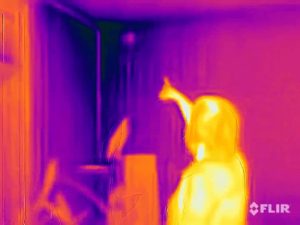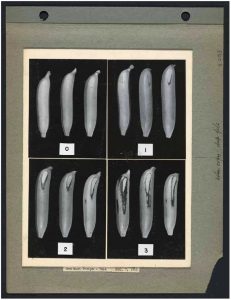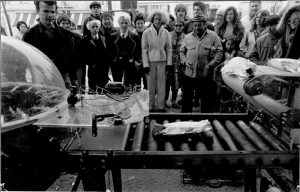Acoustics are a crucial and very delicate part of the experience of a building and most architects are forced either to make an educated guess about the play of sound or consult acousticians, who have technical expertise but few practical ways to demonstrate their ideas.
So far, the available technology could offer only an approximation of what a room’s sound would be like.
Now, an “auralization room” called the SoundLab and developed by Arup has begun to change that.
The SoundLab is a 150-square-foot windowless space, with walls lined with 12 speakers, loosely arranged in a sphere, that create a 3D sound field.
![image2238[1].jpg](http://www.we-make-money-not-art.com/xxx/image2238%5B1%5D.jpg)
For a demonstration, a slide of the Concertgebouw, the Amsterdam hall, was projected on a screen. A recording of Handel’s “Water Music” came over the speakers. The music had been recorded in an anechoic chamber, a “dry” room free of sound reflections. Then, through a mathematical process called convolution, the computers in the SoundLab combined the music with the “acoustic signature” of the Concertgebouw, derived from a 3D computer model that had been calibrated with recordings made in the actual hall with a special four-track microphone.
For a visitor sitting at the center of the room, it felt like entering a palpable sphere of sound. The acoustical “halo” of the Concertgebouw was distinct, as if this soundproof room itself had radically shifted dimension. Later, the slide on the screen changed to the Musikvereinsaal in Vienna. The acoustics followed, forming an otherwise impossible duet of two of the world’s greatest concert halls.
By allowing different options to be compared from the 3-D computer models that have become standard design tools today, the SoundLab transforms acoustics into a predictable and negotiable part of the building process.
From The New York Times, via Eyebeam ReBlog.







